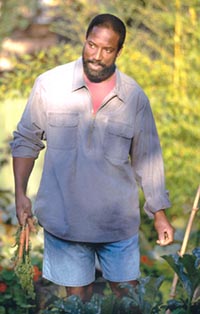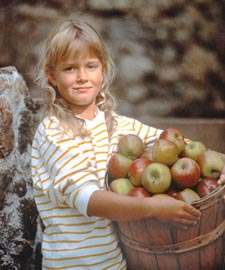More About Gleaning

Chapter 19 tells what happened when a parish in Bakersfield, California, found a way to connect hungry people with nourishing food. Those who do this work are called "Gleaners," like Ruth and Naomi in the Hebrew Scriptures. Here's more about gleaning.
Although most people in our country have plenty to eat, hunger is still a serious problem. In fact, one of every 12 American children goes to bed hungry at least some of the time. Hunger would make life difficult for anybody, but it's especially painful for children. It's difficult to concentrate on studying when you haven't had anything to eat since yesterday. Not only that, but a child who doesn't get enough good food won't be able to grow to full height and weight. To make matters worse, hungry children get sick more often than other children do.
The problem is especially sad
 There are now volunteer organizations all over America that do the work of
There are now volunteer organizations all over America that do the work of
There's much that students can do to help in this great work of feeding the hungry. For instance, you can volunteer at a soup kitchen or food pantry. You could raise funds for hunger organizations, or suggest a food drive at your parish or school. You can provide garden tools for local gardeners. You could even donate vegetables you grow yourself. You can write or call your congressperson when issues that affect hungry people come up for a vote. Your school can sponsor an essay contest or a teach-in about hunger issues.
As

